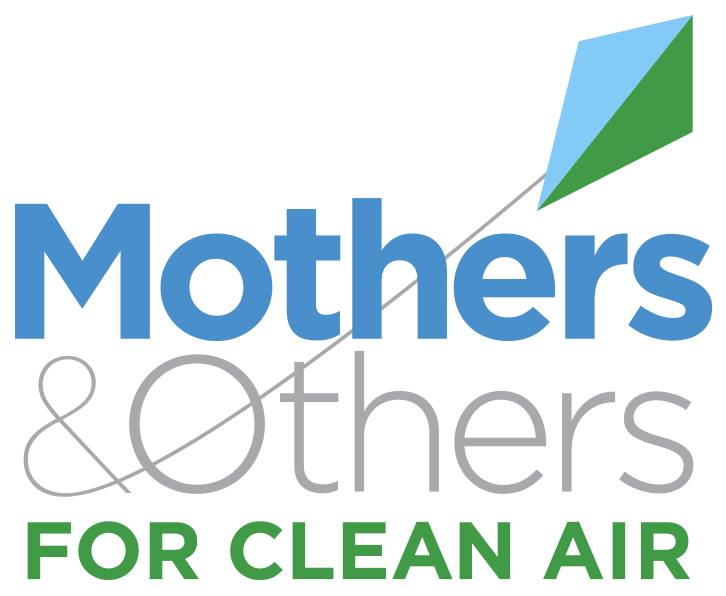Background
Coal burning provides 70% of the energy for China’s industry and power, but releases large quantities of polycyclic aromatic hydrocarbons (PAHs) and other pollutants. PAHs are reproductive and developmental toxicants, mutagens, and carcinogens.
Objective
We evaluated the benefit to neurobehavioral development from the closure of a coal-fired power plant that was the major local source of ambient PAHs.
Methods
The research was conducted in Tongliang, Chongqing, China, where a coal-fired power plant operated seasonally before it was shut down in May 2004. Two identical prospective cohort studies enrolled nonsmoking women and their newborns in 2002 (before shutdown) and 2005 (after shutdown). Prenatal PAH exposure was measured by PAH–DNA adducts (benzo[a]pyrene–DNA) in umbilical cord blood. Child development was assessed by the Gesell Developmental Schedules at 2 years of age. Prenatal exposure to other neurotoxicants and potential confounders (including lead, mercury, and environmental tobacco smoke) was measured. We compared the cohorts regarding the association between PAH–DNA adduct levels and neurodevelopmental outcomes.
Results
Significant associations previously seen in 2002 between elevated adducts and decreased motor area developmental quotient (DQ) (p = 0.043) and average DQ (p = 0.047) were not observed in the 2005 cohort (p = 0.546 and p = 0.146). However, the direction of the relationship did not change.
Conclusion
The findings indicate that neurobehavioral development in Tongliang children benefited by elimination of PAH exposure from the coal-burning plant, consistent with the significant reduction in PAH–DNA adducts in cord blood of children in the 2005 cohort. The results have implications for children’s environmental health in China and elsewhere.
Published Oct 1, 2008
Frederica Perera, Tin-yu Li, Zhi-jun Zhou, Tao Yuan, Yu-hui Chen, Lirong Qu, Virginia A. Rauh, Yiguan Zhang, and Deliang Tang 2008 Benefits of Reducing Prenatal Exposure to Coal-Burning Pollutants to Children’s Neurodevelopment in China Environmental Health Perspectives 116:10 CID: https://doi.org/10.1289/ehp.11480
